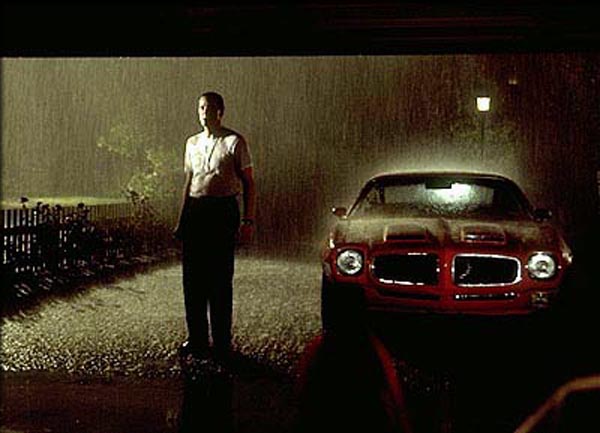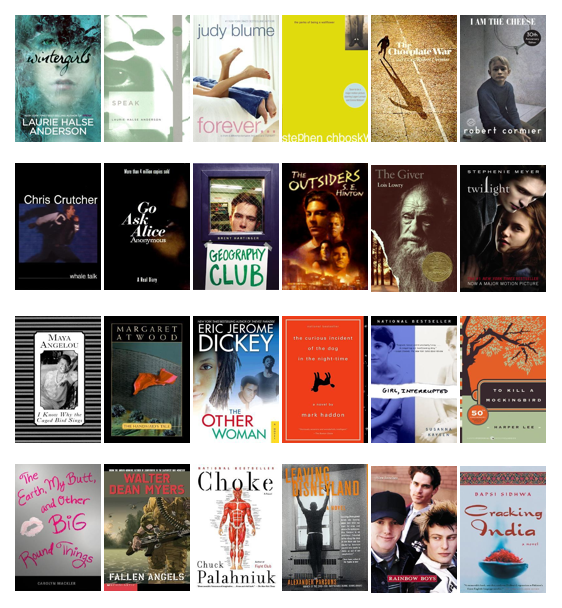Here is part of a short discussion by David Freeman on the use of symbol in American Beauty:
Alan Ball, the screenwriter of ‘American Beauty,’ makes riveting use of the color red throughout the film. The first time we see Annette Bening, she’s cutting bright red roses.
What does the colour red mean in this movie?
The way Ball uses it, it refers to a concept: the life force, which, by nature, tries to defy the suppressiveness of suburban life. That’s why, the first time we meet Annette Bening, she’s cutting red roses. She’s cutting the life force. Shortly thereafter, we see her emotional and spiritual control in action, such as during a painfully stilted family dinner.
Back to the life force… For Kevin Spacey, the life force which suburbia can’t repress is sex. And so, in his fantasies, Mena Suvari, his object of lust, floats on a bed of red rose petals, or soaks in a tub covered in roses. In their final, near-sexual encounter, a vase of red roses is evident.
Read the rest here.








